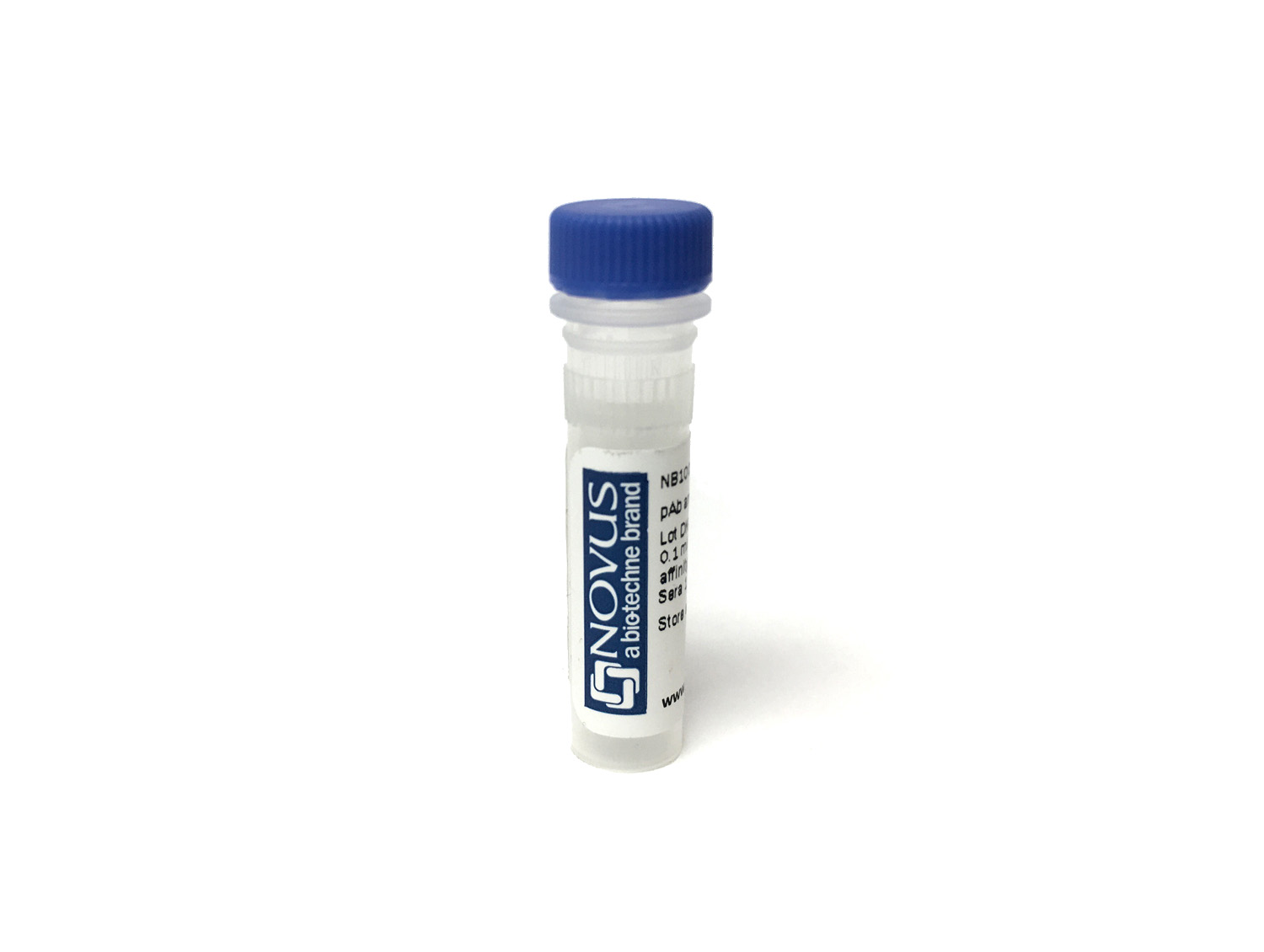Guinea Pig anti-Rabbit IgG (H+L) Secondary Antibody [DyLight 755] (Pre-adsorbed)
Novus Biologicals, part of Bio-Techne | Catalog # NBP1-72763IR


Forumulation
Catalog #
Key Product Details
Species Reactivity
Rabbit
Applications
ELISA, Immunohistochemistry, Western Blot
Label
DyLight 755 (Excitation = 754 nm, Emission = 776 nm)
Antibody Source
Polyclonal Guinea Pig IgG
Format
Pre-adsorbed
Concentration
Please see the vial label for concentration. If unlisted please contact technical services.
Product Summary
Immunogen
Rabbit IgG whole molecule
Specificity
This antibody was pre-adsorbed against Human, Goat, and Mouse Serum Proteins. No reaction was observed against Goat, Human and Mouse Serum Proteins.
Clonality
Polyclonal
Host
Guinea Pig
Isotype
IgG
Applications
Application
Recommended Usage
ELISA
Optimal dilutions of this antibody should be experimentally determined.
Immunohistochemistry
Optimal dilutions of this antibody should be experimentally determined.
Western Blot
Optimal dilutions of this antibody should be experimentally determined.
Application Notes
Optimal dilution of this antibody should be experimentally determined.
Please Note: Optimal dilutions of this antibody should be experimentally determined.
Formulation, Preparation, and Storage
Purification
Multi-step
Formulation
50mM Sodium Borate
Format
Pre-adsorbed
Preservative
0.05% Sodium Azide
Concentration
Please see the vial label for concentration. If unlisted please contact technical services.
Shipping
The product is shipped with polar packs. Upon receipt, store it immediately at the temperature recommended below.
Stability & Storage
Store at 4C in the dark.
Background: IgG (H+L)
The 4 IgG subclasses, sharing 95% amino acid identity, include IgG1, IgG2, IgG3, and IgG4 for humans and IgG1, IgG2a, IgG2b, and IgG3 for mice. The relative abundance of each human subclass is 60% for IgG1, 32% for IgG2, 4% for IgG3, and 4% for IgG4. In an IgG deficiency, there may be a shortage of one or more subclasses (4).
References
1. Painter RH. (1998) Encyclopedia of Immunology (Second Edition). Elsevier. 1208-1211
2. Chapter 9 - Antibodies. (2012) Immunology for Pharmacy. Mosby 70-78
3. Schroeder H, Cavacini, L. (2010) Structure and Function of Immunoglobulins. J Allergy Clin Immunol. 125(2 0 2): S41-S52. PMID: 20176268
4. Vidarsson G, Dekkers G, Rispens T. (2014) IgG subclasses and allotypes: from structure to effector functions. Front Immunol. 5:520. PMID: 25368619
Additional IgG (H+L) Products
Product Specific Notices
DyLight (R) is a trademark of Thermo Fisher Scientific Inc. and its subsidiaries.
This product is for research use only and is not approved for use in humans or in clinical diagnosis. Secondary Antibodies are guaranteed for 1 year from date of receipt.
